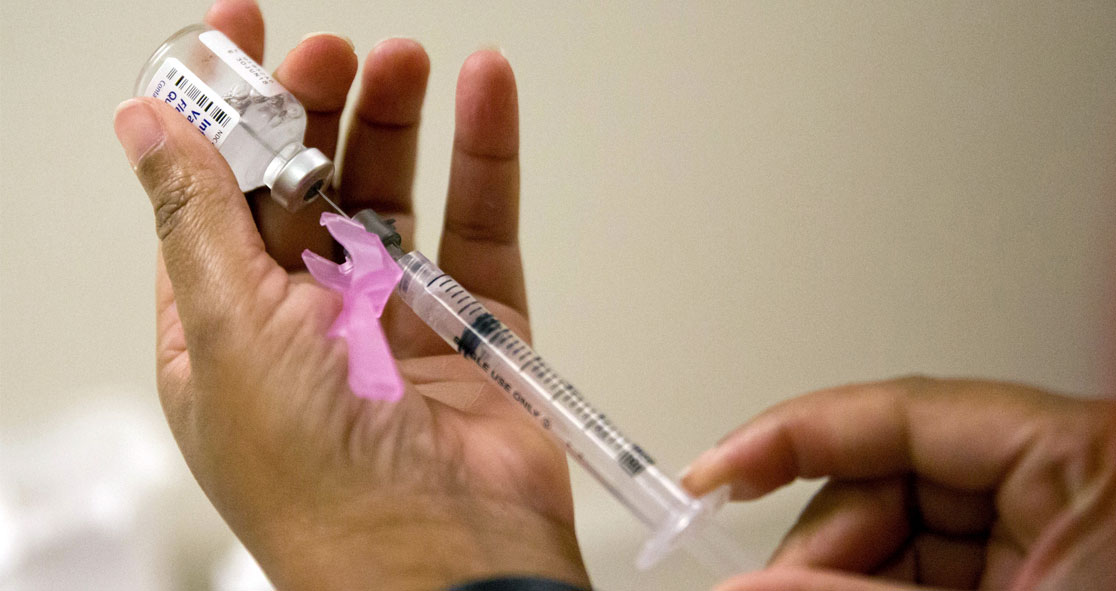A new study, published by the Proceedings of the National Academy of Sciences (PNAS), has found that an experimental flu vaccine is effective in preclinical studies.
The flu vaccine candidate consists of billions of nanoparticles that carry infection-fighting proteins throughout the body.
The experimental vaccine, which was studied in mice, has the potential to improve the effectiveness of seasonal flu vaccines, which typically work 40-60% of the time, according to the U.S. Centers for Disease Control and Prevention (CDC).
Senior author Prof. Jonathan Lovell of the University at Buffalo said, “The results are very encouraging. Typically, flu vaccines contain either deactivated microbes that cause influenza, or they are based on weakened forms of the disease. The vaccine we’re developing is a recombinant protein nanoparticle vaccine that stimulates a strong immune response.”
Prof. Lovell and his team created the vaccine that is based on a liposome called cobalt-porphyrin-phospholipid (CoPoP).
Alone, this liposome does not fight disease, but it has a special talent. It can convert virus proteins that prompt immune response into a more potent nanoparticle format, according to Science Daily.
Another senior author Prof. Matthew Miller of McMaster University said, “This conversion is advantageous because the dissolved proteins attach to the surface of the liposomes, where the proteins enhance the immune system’s response to disease.”
Lead author Zachary Sia said, “The nanoparticles carry the trimeric H3 HA to the body’s immune cells, and they provoke those immune cells to respond more vigorously to the flu.”
Co-author Bruce Davidson said, “The dose-sparing effect is important because it means we could create many more doses using less materials. Simply put, CoPoP likely will provide greater immune protection with less hemagglutinin than current vaccines.”
A 5 nanogram dose of the experimental vaccine in mice offered good protection against the H5N1 flu strain, also called bird flu, a virus that experts believe has the potential to trigger a pandemic. The article was published in Science Daily.





















